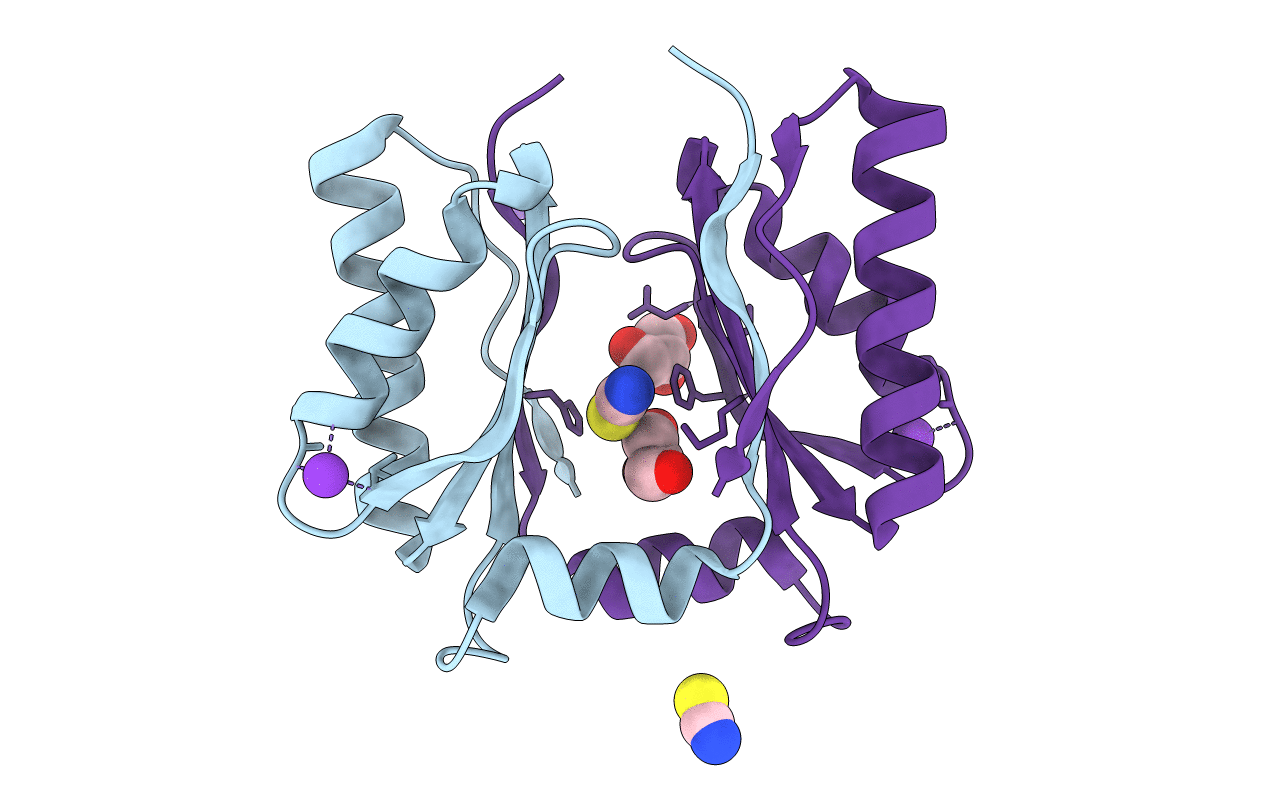
Deposition Date
2020-07-08
Release Date
2020-07-22
Last Version Date
2024-10-09
Entry Detail
Biological Source:
Source Organism:
Streptococcus intermedius SK54 = ATCC 27335 (Taxon ID: 1095731)
Host Organism:
Method Details:
Experimental Method:
Resolution:
1.80 Å
R-Value Free:
0.21
R-Value Work:
0.17
Space Group:
P 43 3 2


